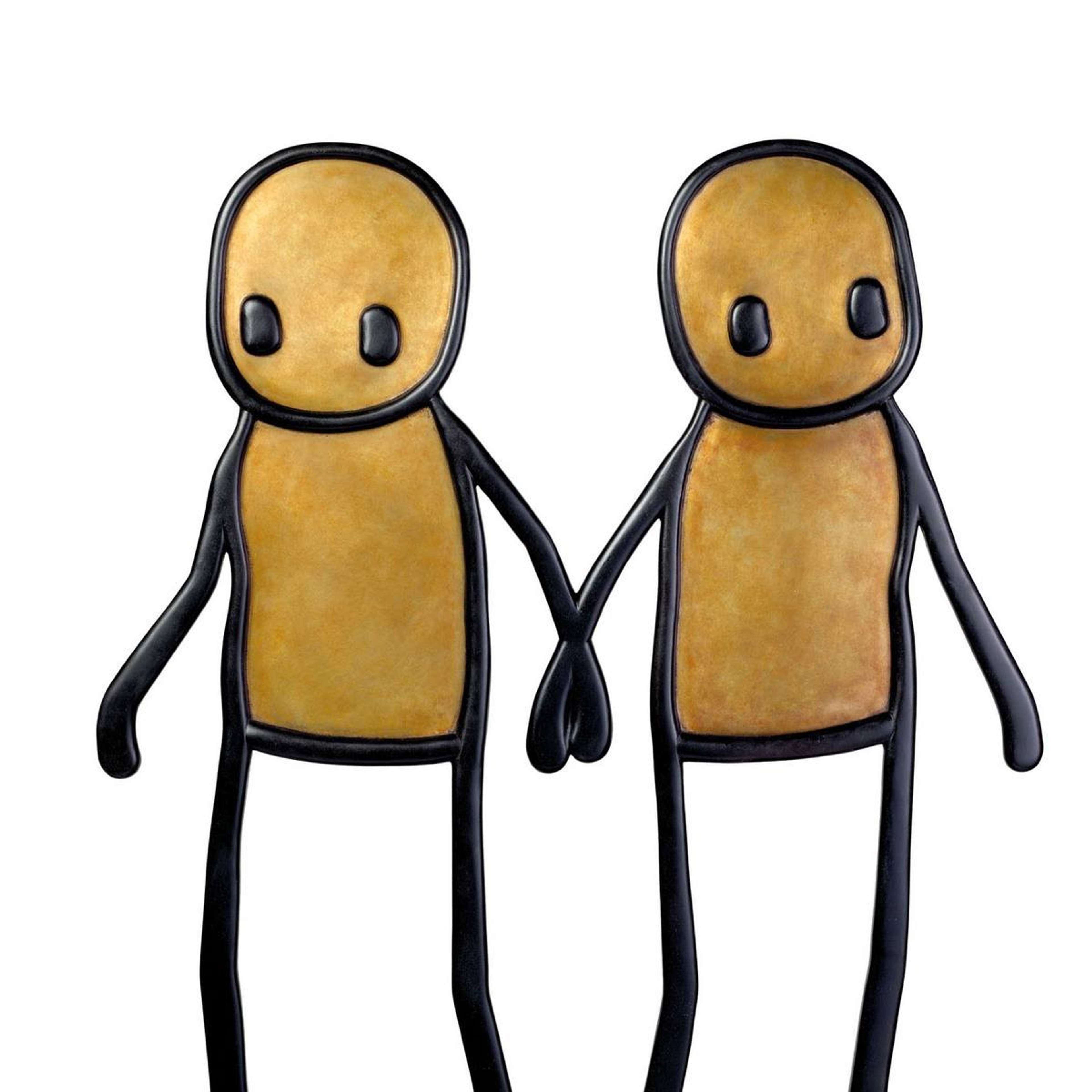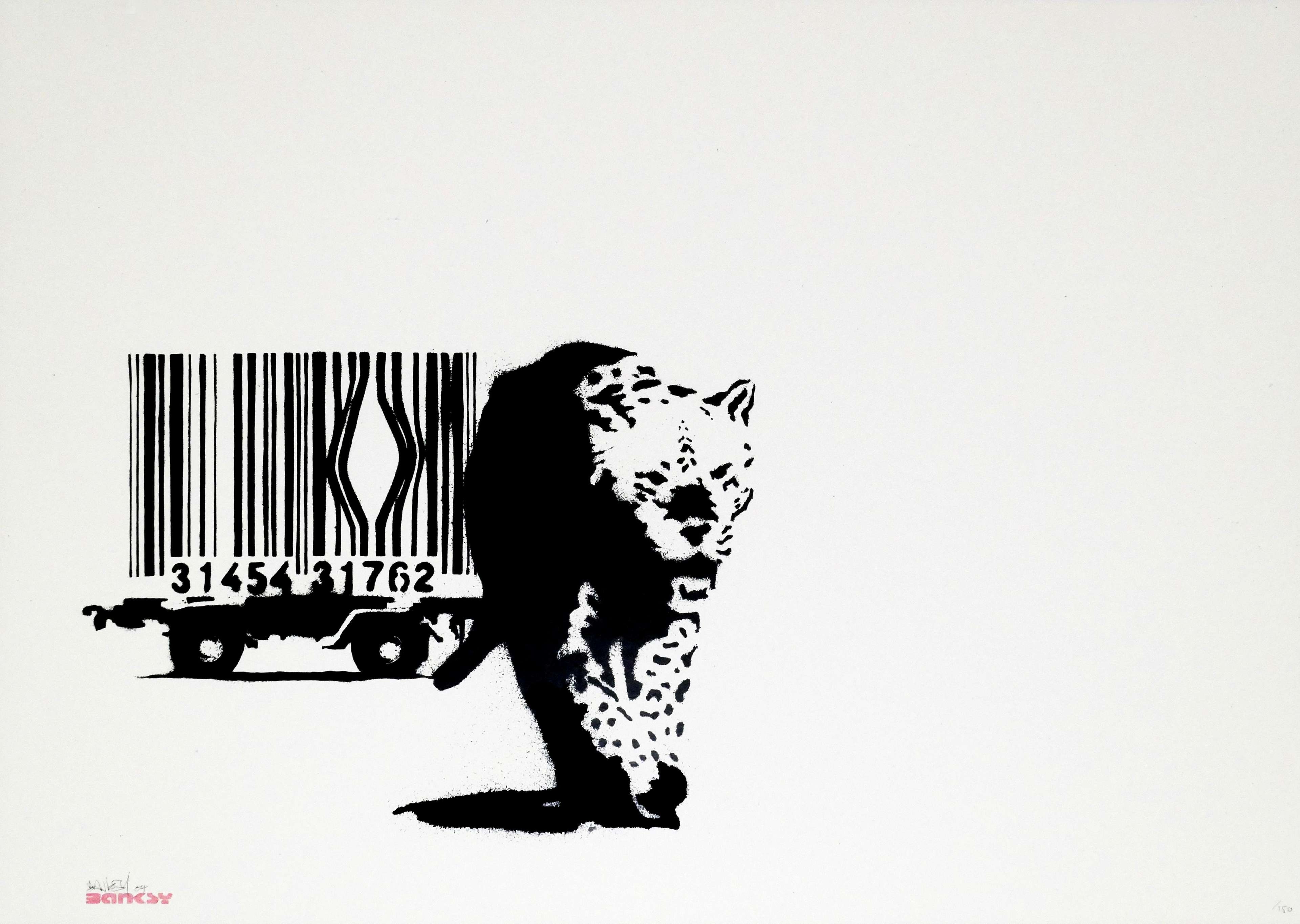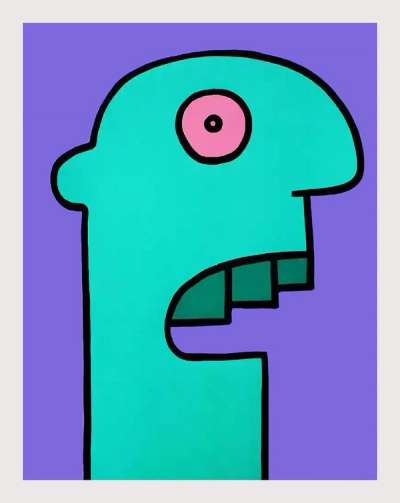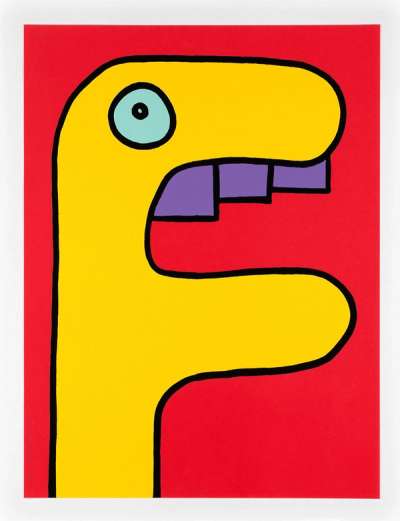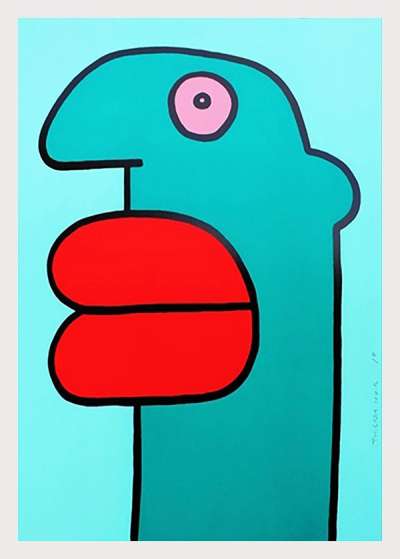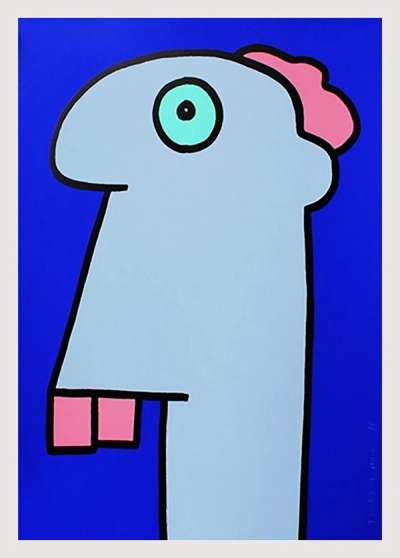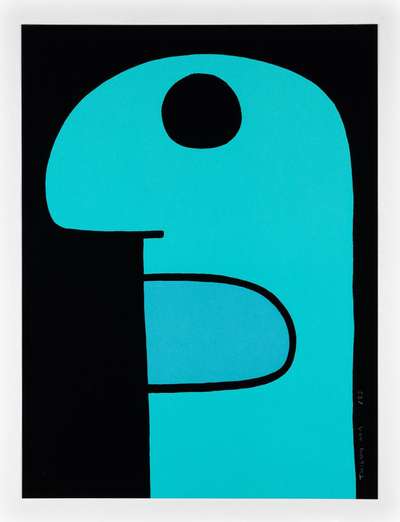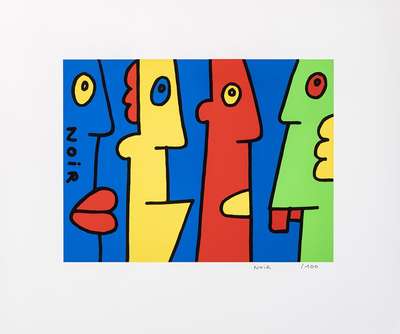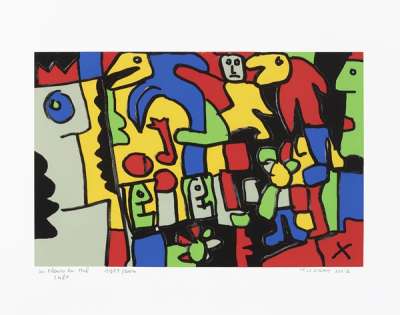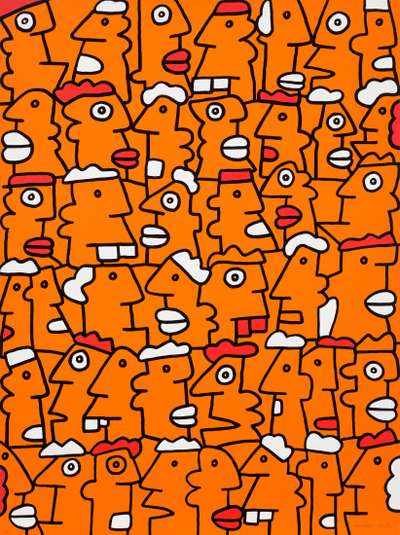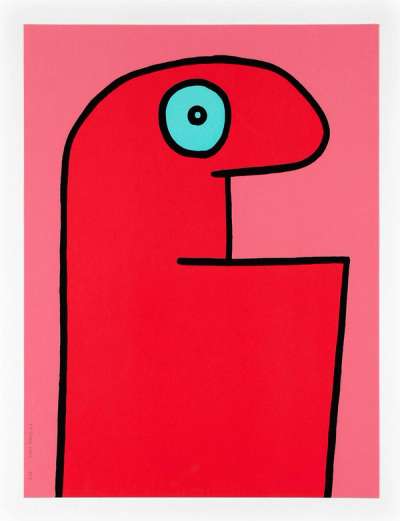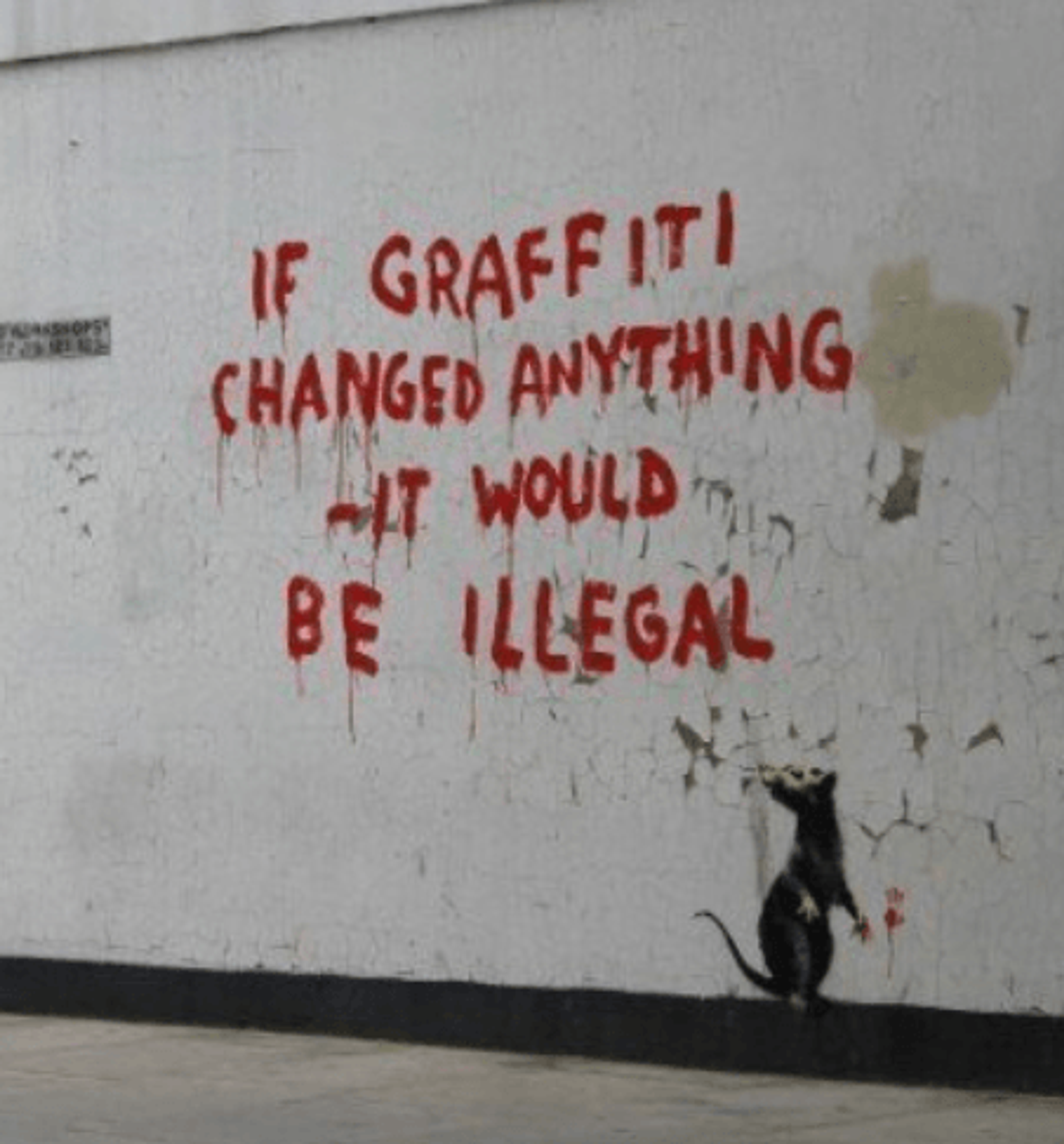How Thierry Noir Transformed Berlin’s Street Art Scene

 I Am Looking In The Same Direction As You © Thierry Noir 2005
I Am Looking In The Same Direction As You © Thierry Noir 2005
Thierry Noir
20 works
Key Takeaways
Thierry Noir revolutionised Berlin's street art scene by using the Berlin Wall as a canvas for creative and political expression in the 1980s. Noir began painting the Wall in 1984, using bold colours and cartoon-like figures to transform the oppressive Cold War symbol into a space of rebellion and hope. His whimsical style was driven by the need for simplicity and speed due to the dangers of painting near the Wall, turned street art into a form of political protest. Noir’s work became a symbol of freedom and resistance, influencing global street art and continuing to inspire new generations.
Thierry Noir is celebrated for his revolutionary street art, particularly his transformative work on the Berlin Wall in the 1980s. Born in 1958 in Lyon, France, Noir moved to West Berlin in 1982, drawn by the city’s burgeoning punk, new wave, and underground art scene. In April 1984, he began painting on the Berlin Wall, becoming the first artist to use this symbol of oppression as a canvas for creative and political expression. His goal was not merely to beautify the Wall, but to demystify and ridicule it, in prefiguration of its fall in 1989. Noir’s vivid murals, characterised by their bright colours and whimsical, cartoonish figures, turned the Wall from a divisive, oppressive structure into a symbol of rebellion and hope.
The Motivation to Transform the Berlin Wall
Noir’s decision to paint the Berlin Wall was both an artistic and a political act. When he arrived in West Berlin, the Wall stood as an oppressive barrier between East and West Germany, a stark symbol of the Cold War. Noir saw it not only as a physical divider, but as a “killing machine”, a structure designed to suppress freedom. His motivation was clear; to transform the Wall from a tool of oppression into one of rebellion and expression. By painting it, he sought to make it appear ridiculous and fragile, less a symbol of fear and more one of playfulness.
Noir’s works were acts of defiance against the grim, cold reality of the Berlin Wall, claiming; “I did nothing but react to its sadness.” Painting on this highly controlled and dangerous space was forbidden by East German soldiers, who patrolled the border with orders to arrest or shoot anyone who came near. Noir’s mission was to perform “one real revolutionary act” by painting the Wall, essentially softening its intimidating presence with his lively and bold murals.
Thierry Noir’s Berlin Wall Murals
Simplicity, Speed, and Survival
Noir's signature artistic style, which he called “Fast Form Manifest”, was born out of necessity. Given the constant threat of arrest and the dangers of painting illegally near the Wall, Noir had to paint quickly and efficiently. His technique emphasised simplicity and speed; he reduced his murals to their most basic forms, often following a “two ideas, three colours” approach. This simplicity was not just a stylistic choice, but a survival tactic. By limiting the complexity of his paintings, Noir was able to work quickly, minimising the risk of being caught by border guards.
This need for speed led to the creation of Noir’s iconic figures, simplified heads and creatures in bold, vibrant colours. His works may have seemed simplistic at first glance, but they carried deep political and emotional undertones. They were a reflection of the melancholy of the Wall itself, a reaction to its cold and oppressive atmosphere.
Bold Colours and Cartoonish Figures
Noir’s murals on the Berlin Wall are instantly recognisable for their use of bright colours and bold, cartoonish shapes. These were no ordinary street art pieces; they became a direct challenge to the grimness of the Wall. The exaggerated heads, playful eyes, and quirky expressions of his characters stood in stark contrast to the grey, concrete expanse of the Wall. While his works could be interpreted as whimsical or playful, they also carried a deeper meaning; a protest against the regime the Wall symbolised.
Noir’s figures were designed to be striking and memorable, painted in colours that seemed to explode against the drab surroundings. Despite their simplicity, these figures were meant to provoke thought and spark conversations about freedom, identity, and resistance. They symbolised an energy and creativity that contrasted sharply with the heavy, authoritarian atmosphere of Cold War Berlin.
Political Protest Through Street Art
Noir’s use of street art was not just about creating a visually appealing canvas, it was a form of political protest. His murals mocked the very existence of the Berlin Wall, turning it from a feared and imposing structure into a playground for creativity. By painting the Wall, Noir was engaging in an act of resistance, using humour and art to challenge the power structures that upheld the division between East and West Berlin.
The murals’ vibrant colours and playful characters represented more than just artistic expression. They became a symbol of rebellion, freedom, and hope, qualities that resonated deeply with Berliners and the broader global audience. After the fall of the Wall in 1989, Noir’s works became emblematic of the spirit of unity and liberation, and his murals not only contributed to Berlin’s street art scene, but became an iconic part of the city’s cultural identity.
The Global Influence Of Thierry Noir
Noir in Berlin and Beyond
Noir’s influence extends far beyond Berlin. His distinct style, born out of the need for speed and impact, has inspired street artists and political movements around the world. His work has reached cities like London, New York, Paris, and Sydney, where his murals continue to serve as powerful symbols of freedom and artistic expression. Noir has collaborated with other renowned street artists, such as British artist STIK, further cementing his place as a pioneer of the street art movement.
Noir’s murals have been featured in prominent galleries and exhibitions worldwide, including the Victoria and Albert Museum in London, the Centre Pompidou in Paris, and the Museum of Modern Art in New York. His works, once considered acts of rebellion, are now recognised as key contributions to modern art history, representing the transformative power of creativity in the face of adversity.
Modern Exhibitions and Global Recognition
Today, Noir’s works continue to be showcased in galleries and exhibitions, ensuring that his message of hope and freedom reaches new generations. From album covers, such as U2’s Achtung Baby, to cinematic features like Wim Wenders’ Wings of Desire, Noir’s visual language has transcended the realm of street art and entered mainstream culture.
Noir’s art has also expanded beyond murals to include sculptures and other forms of expression. His Les Nouveaux Constructeurs series, for instance, draws inspiration from the architecture of the Berlin Wall, further highlighting his continued engagement with themes of division and liberation.
Noir transformed not just the Berlin Wall, but the very nature of street art itself. His bold, bright murals were not merely acts of artistic expression, but powerful symbols of resistance against oppression and division. By turning the Wall into a canvas, Noir helped to demystify it, turning a once-feared symbol of the Cold War into a platform for creativity, hope, and rebellion. Today, his work continues to inspire artists and activists alike, proving that street art can indeed be a powerful force for change.









